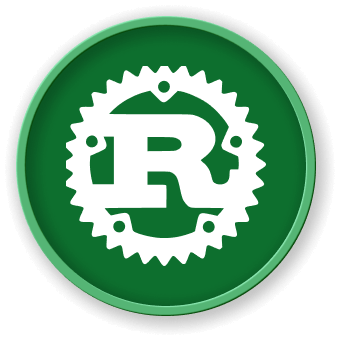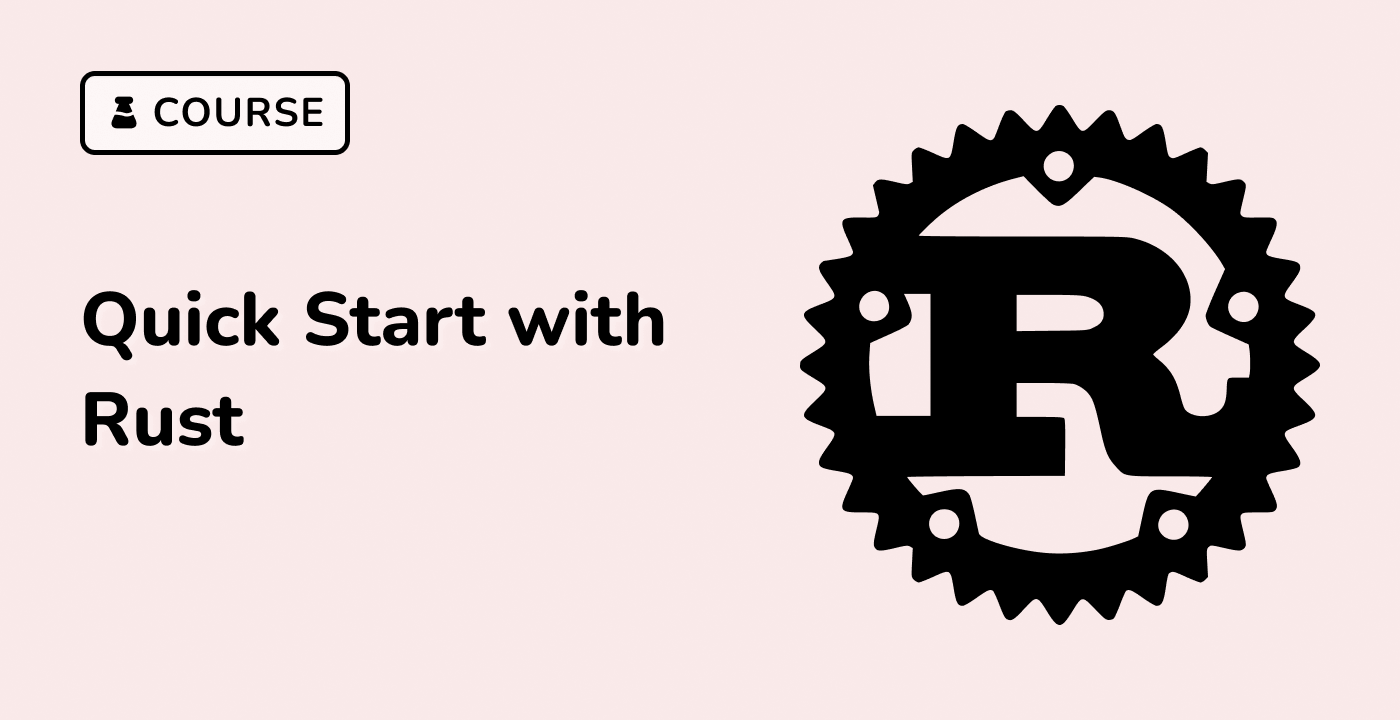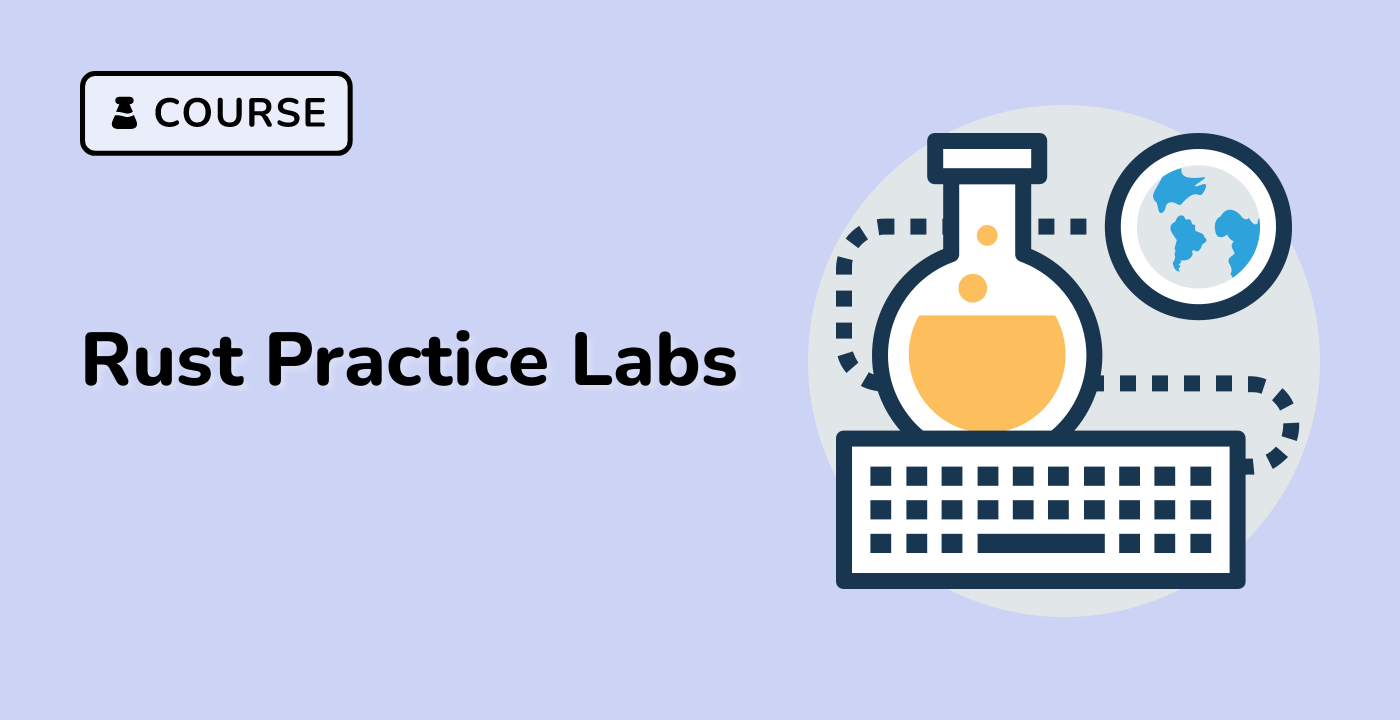Associated types
The use of "Associated types" improves the overall readability of code by moving inner types locally into a trait as output types. Syntax for the trait definition is as follows:
// `A` and `B` are defined in the trait via the `type` keyword.
// (Note: `type` in this context is different from `type` when used for
// aliases).
trait Contains {
type A;
type B;
// Updated syntax to refer to these new types generically.
fn contains(&self, _: &Self::A, _: &Self::B) -> bool;
}
Note that functions that use the trait Contains are no longer required to express A or B at all:
// Without using associated types
fn difference<A, B, C>(container: &C) -> i32 where
C: Contains<A, B> { ... }
// Using associated types
fn difference<C: Contains>(container: &C) -> i32 { ... }
Let's rewrite the example from the previous section using associated types:
struct Container(i32, i32);
// A trait which checks if 2 items are stored inside of container.
// Also retrieves first or last value.
trait Contains {
// Define generic types here which methods will be able to utilize.
type A;
type B;
fn contains(&self, _: &Self::A, _: &Self::B) -> bool;
fn first(&self) -> i32;
fn last(&self) -> i32;
}
impl Contains for Container {
// Specify what types `A` and `B` are. If the `input` type
// is `Container(i32, i32)`, the `output` types are determined
// as `i32` and `i32`.
type A = i32;
type B = i32;
// `&Self::A` and `&Self::B` are also valid here.
fn contains(&self, number_1: &i32, number_2: &i32) -> bool {
(&self.0 == number_1) && (&self.1 == number_2)
}
// Grab the first number.
fn first(&self) -> i32 { self.0 }
// Grab the last number.
fn last(&self) -> i32 { self.1 }
}
fn difference<C: Contains>(container: &C) -> i32 {
container.last() - container.first()
}
fn main() {
let number_1 = 3;
let number_2 = 10;
let container = Container(number_1, number_2);
println!("Does container contain {} and {}: {}",
&number_1, &number_2,
container.contains(&number_1, &number_2));
println!("First number: {}", container.first());
println!("Last number: {}", container.last());
println!("The difference is: {}", difference(&container));
}



